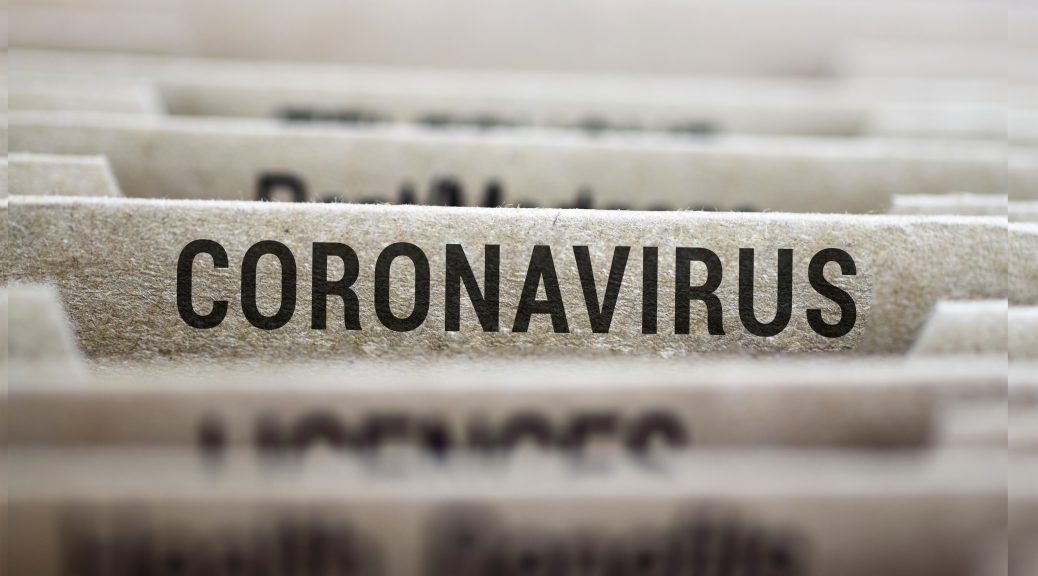By Dr. Steven Weisbart, CLU

COVID-19, the new coronavirus, has killed more than three times as many people as the 2003 SARS epidemic.
The World Health Organization (WHO) reported that, as of 10 a.m. Central European Time (CET) on March 1, there were 87,137 confirmed COVID-19 cases and 2,977 of the infected people had died. From November 2002 through July 2003, according to the U.S. Centers for Disease Control and Prevention (CDC), 8,098 people worldwide became sick with severe acute respiratory syndrome (SARS) and 774 died.
More people are believed to have been infected with COVID-19 than official statistics show. This is because confirmed infections are based on positive tests for the virus, and some countries—including the United States—have been doing very little testing. Further, the estimated 2 percent death rate attributed to the disease is based on this unreliable infection count.
Instead of SARS, some are now comparing COVID-19 with the Ebola pandemic of 2014 to 2016. Ebola is believed to have killed about 50 percent of those it infected, but that outbreak was contained before it reached the same number of infections as COVID-19.
So, is there a useful historic comparison to be made with COVID-19? I would argue that there is: the “Spanish Flu” of 1918-19.

Policemen in Seattle during the influenza epidemic. December 1918. National Archives.
There is no vaccine for COVID-19, and experts suggest it could take a year or more to develop, test, manufacture, and distribute a vaccine. This suggests there are few medical strategies for dealing with the current outbreak. It’s as though we’re medically in the world of 100 years ago.
The 1918 flu virus had an estimated mortality rate of about 2 percent and was very infectious. It is estimated that as many as one-third of the entire world population was infected at some time, so even a 2 percent mortality rate caused millions of deaths.
This raises a scary thought about how the COVID-19 pandemic might play out: the Spanish Flu swept around the globe in three phases. The first was in the Spring of 1918 and, although it infected widely, had a relatively low mortality rate. The second phase occurred in the Fall of 1918. This phase saw faster infection spread and was much more deadly. The third phase was in February and March of 1919 and was less infectious and less deadly than either of the two prior phases.
World War I – with large concentrations of soldiers in barracks and trenches and truck convoys moving across Europe – may have contributed to this infectious arc. But the virus killed more people than the war on every continent except Europe.
Insurance industry impact
What would a COVID-19 pandemic mean for insurers? The main impact would likely be on health insurers, since the number of people seeking hospitalization would likely spike claims far beyond anything their rate structures have anticipated. In 1918 hospitals were so overwhelmed that auditoriums, indoor sports arenas, and similar spaces were set up to house patients. Scarcity rates would apply; for example, the number of respirators available currently is far short of what would be needed, and prices for new supply would likely surge.
As I’ve written previously, for life insurers the effect of a severe pandemic would depend on which segments of the population are likely to die. In 1918, in addition to the very old, that virus struck unusually strongly at people in the prime working years, triggering benefits from both individual and group life insurance. The sudden impact of such unpredicted losses would affect all life insurers, particularly the weaker ones.
In the property and casualty sector, the line most directly affected is likely to be workers compensation, particularly for health care workers and others exposed to the virus as a result of their work—such as police, fire, and EMT. Another possible line affected is various liability lines, involving claims from people who became sick from manufacturing, dispensing, or receiving a vaccine or other treatments. In recent years, Congress passed laws blocking such liability claims, but it’s not clear that it will do so again today.
Beyond the direct effects to insurance, there are growing forecasts that the global economy, and especially particular sectors, could see dramatic cutbacks. Businesses and other organizations that involve people gathering in crowds are already seeing such effects, and insurance premiums that reflect these downturns are likely to follow. However, claims are also likely to turn down (e.g., fewer auto accidents), so the effect on those lines might actually be neutral or positive.
Learn from history
Today people and goods move around the world with unprecedented speed. Urban environments and the transit systems that serve them are as packed with people as any military convoy or trench network.
If COVID-19 follows a similar track to that of the Spanish Flu, the current outbreak would turn out to have been a mild phase. If this scenario is correct, the first phase would taper off in a month or two, followed by several months in which the virus would appear to have ended its threat.
We should continue developing vaccines and other preventive/mitigating measures during this lull to better prepare for the more virulent phase that might manifest in the second half of 2020. Failure to do so would mean we’ve learned nothing from the worst global pandemic in the last 100 years.




